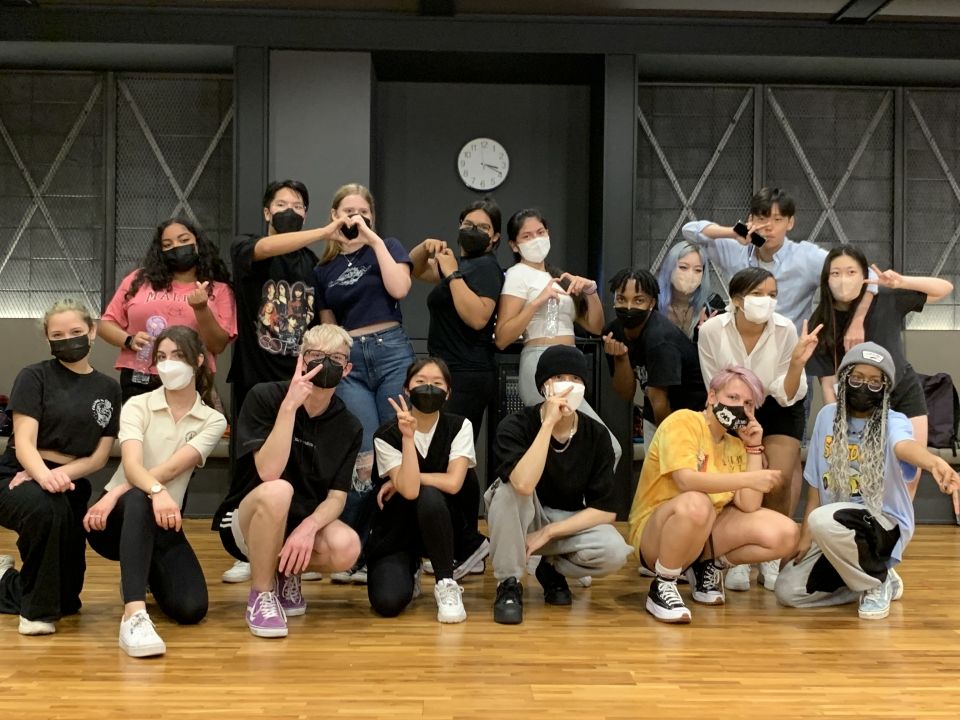Exploring the World of K-pop Dance Classes
K-pop has taken the global music scene by storm, blending catchy melodies with high-energy, synchronized dance routines that captivate millions. This has led to a surge of interest in K-pop dance classes, where fans and dance enthusiasts alike can learn the intricate choreography performed by their favorite idols. These classes go beyond mere dance lessons—they offer a gateway to understanding K-pop culture, improving physical fitness, and building community among fans. Whether you’re a beginner curious about the genre or an experienced dancer aiming to master complex moves, K-pop dance classes provide a structured yet fun way to immerse yourself in this vibrant art form. This article will delve into the appeal, structure, benefits, and challenges of participating in K-pop dance classes, highlighting why they have become a cultural phenomenon worldwide.
The Appeal and Cultural Influence of K-pop Dance
K-pop dance is unique in its fusion of various styles—hip-hop, jazz, popping, and locking—combined with theatrical storytelling. One of the biggest draws of K-pop dance classes is the chance to decode and replicate the precise, energetic choreography made famous by idol groups like BTS, BLACKPINK, and TWICE. These dances are not just about movement but embody cultural expressions, fashion, and music trends from South Korea that resonate globally. Taking these classes allows participants to connect with Korean culture on a deeper level, fostering appreciation for the art form while bridging cultural divides through shared enthusiasm.
Structure and Teaching Methods in K-pop Dance Classes
K-pop dance classes typically follow a methodical progression, starting with warm-ups and basic moves before tackling full choreography. Instructors break down routines step-by-step, emphasizing rhythm, synchronization, and facial expressions to mirror idol performances. Many classes incorporate video aids—often using original music videos for reference—and sometimes teach beginner and advanced sections separately to accommodate all skill levels. This structured environment combined with repetitive practice enables learners to internalize complex footwork and hand gestures. Beyond physical movements, teachers encourage students to embody the charisma and stage presence required to authentically perform K-pop routines.
Physical and Mental Benefits of Learning K-pop Dance
Participating in K-pop dance classes offers numerous physical benefits including improved cardiovascular health, flexibility, coordination, and muscle strength. The high-energy routines act as dynamic workouts that tone the body and enhance endurance. Mentally, the discipline required to memorize intricate choreography boosts concentration and memory skills. For many, dancing to K-pop songs also serves as a creative outlet for self-expression and stress relief. Additionally, the group setting cultivates social connections, teamwork, and confidence—transforming dance classes into supportive communities that motivate sustained participation.
Challenges Faced by K-pop Dance Learners
Despite the fun and energetic atmosphere, K-pop dance classes present challenges. The choreography’s speed and precision demand high levels of physical fitness and quick learning, which can be daunting for beginners. Synchronization with others requires attentive listening and adaptability, adding to the complexity. Additionally, there’s an emotional component related to embodying the performance styles and expressions of idols, which may feel unfamiliar or intimidating initially. However, overcoming these hurdles builds resilience and a sense of achievement, making the experience rewarding for committed participants.
Why K-pop Dance Classes Are More Than Just Dancing
K-pop dance classes represent a cultural movement that combines passion for music, fitness, and community. They allow fans to step beyond passive listening and engage actively with the global phenomenon of K-pop. By mastering choreography, participants develop appreciation for the artists’ talent and hard work, while fostering skills that affect other life areas such as discipline and social interaction. Furthermore, these classes serve as platforms for cross-cultural exchange and global connection, demonstrating how art forms like dance can unite diverse people. Ultimately, embracing K-pop dance is about celebrating creativity, culture, and connection in a dynamic, inclusive way.
In summary, K-pop dance classes have become a captivating avenue that blends artistic expression, physical activity, and cultural appreciation. They invite individuals to experience the vibrant world of K-pop from an interactive perspective, offering benefits that range from enhanced fitness and coordination to social connection and emotional empowerment. Though challenging, the classes provide supportive environments that nurture growth and creativity. For many participants, these dance studios become more than just places to learn moves—they transform into communities where passion for K-pop and dance flourishes. Engaging in K-pop dance classes is a testament to how music and movement can transcend borders, inspiring people worldwide to connect, grow, and express themselves with joy and confidence.
